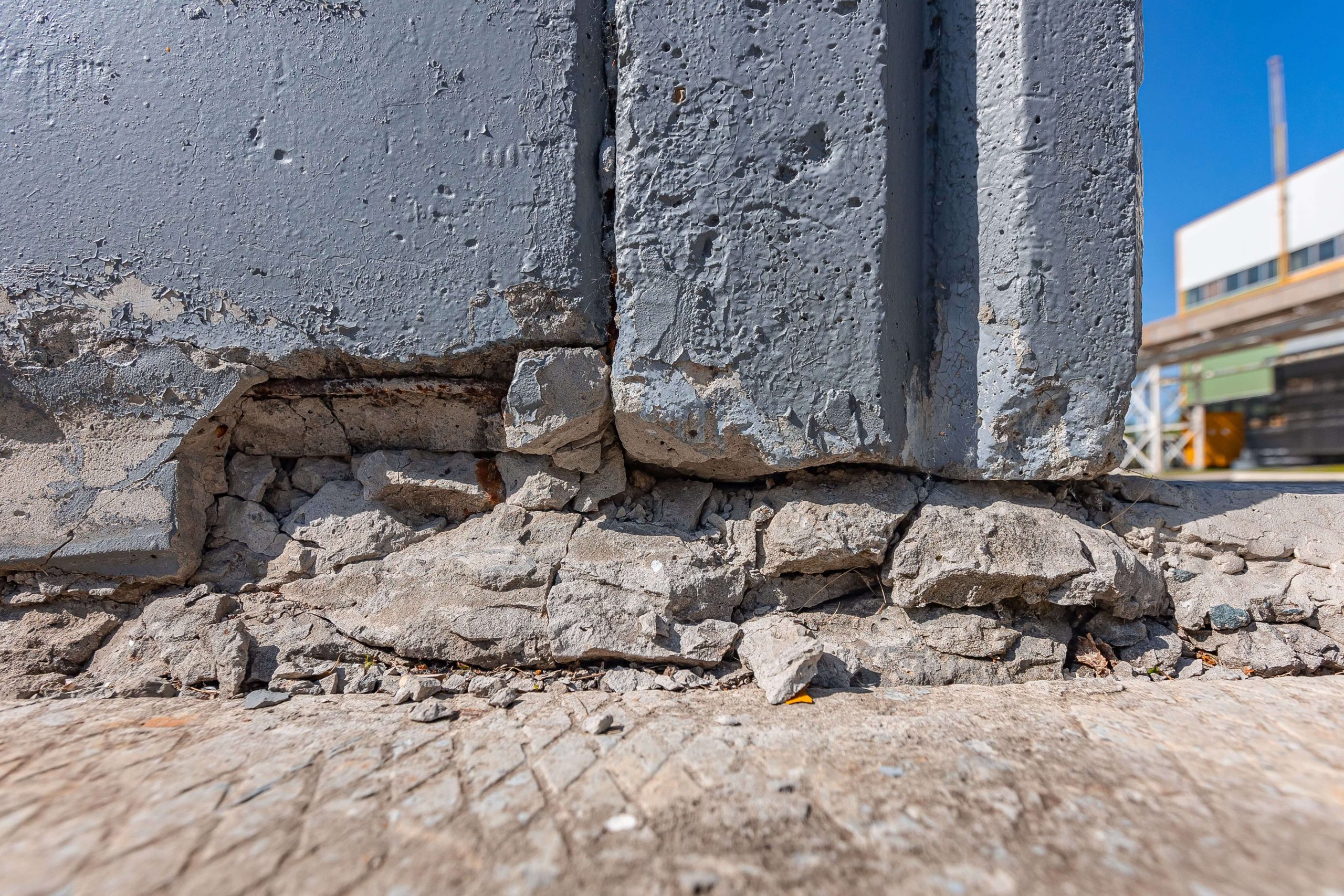
Hurricane Season: Strengthening the Foundations of an Existing Home
Many property owners only consider their home’s foundation when there’s an issue, yet strengthening it before problems occur is immensely beneficial to property owners. Over time, flooding, wind forces, and soil erosion are major concerns. There are quality foundation repair services available that can prevent catastrophic failure.
Why is strengthening foundations essential?
Not many may recall the story of the three little pigs. Each pig built their home: a straw house for one and; a stick house for the second – while partying took place and partying concluded when both first two went home in the barnyard, and the third worked hard building his brick home.
The Big Bad Wolf appeared and wanted to test how well each pig could build their house by blowing them down with his impressive lung strength. Spoiler alert: while all straw and sticks houses crumbled beneath him, only brick stood its ground.
Strong Foundation Pay Off
There’s no foolproof way to defend against Mother Nature; however, you can reduce damage caused by two of her most damaging elements: wind and excess water. Before moving forward with any plans or repairs, let’s inspect our foundation for signs of foundation damage.
Signs that Your Foundation Needs Advanced Foundation Repair
At times it can be challenging to assess the force and pressure exerted upon a foundation. Unfortunately, most people make changes without thinking twice; adding new walls, altering the layout, creating rooms, or managing moisture are just some changes made without considering how their changes impact its foundation. There are usually telltale signs of foundation problems that require repairs; here are a few.
-
Foundation Cracks
Cracked foundations are one of the telltale signs of damage to any structure, as their visibility usually reveals what had previously been hidden. Even when these signs seem minor, their severity could be more grave than expected and need to be monitored closely for any further signs of foundation failure. Exterior walls must be kept free of cracks. In contrast, interior and basement walls could show visible cracking and hairline fractures inside and around your home, which should all be considered serious concerns.
-
Walls and ceilings with warped surfaces
Walls in your house can provide some clues as to what may be going on underneath. Warping walls and ceilings is often an indicator that the house has shifted, inspecting room corners that don’t match or noting any inconsistencies between ceiling, corners, moldings joints, and corners that may indicate issues in other parts of the home.
-
Water Damage
Moisture can often be the culprit behind foundation issues. Without adequate drainage systems, too much moisture may gather on concrete slab foundations and cause them to crack over time.
-
Structural Signs
Additional structural signs must also be considered. Signs such as sloping stairs, non-square windows, unlevel floors, and misaligning doors should all be carefully examined; visible examples include objects moving in one direction or doors that do not close tightly enough.
How can foundations be strengthened?
If you observe signs of damage on your residential or commercial property, now might be the time to contact concrete foundation contractors.
Here are some common solutions foundation repair Saint Petersburg contractors offer:
-
Underpinning
This method can be used to increase the depth of a foundation or repair it if there has been extensive damage, as well as fix visible cracks larger than 1/4 inch. There are various types of underpinning techniques.
Mass pour: Mass pour is the method most frequently employed. Excavations are conducted section by section until all areas have been underpinned, and then concrete is poured into each exposed pit until all are underpinned.
Screw Piles and Brackets: Another method of underpinning involves using brackets and screw piles, either manually or using a small excavator. This quick and affordable solution reduces vibrations that could harm other areas of your property and provides quicker support.
Pile-and-Beam: This method involves installing two mini piles on either side of foundation walls that have been compromised, then clearing away all brickwork underneath before replacing it with reinforced concrete poured from above. It can be very effective in situations with limited access or high load capacities.
Piled Raft: This method should only be employed if your building requires support on all sides – which is fairly rare. When the soil or foundation is too hard or deep for other methods to work effectively, piles will be strategically placed at different locations so pockets will form beneath its footing, following which reinforced needle beams will be put in place to support the weight of walls.
-
Foundation Coating Systems
Jacketing foundations is another method used to strengthen columns. This technique may become necessary when adding additional loads to walls. To ensure they can withstand this load safely, an experienced crew adds strength by layering a concrete coat on existing foundations in the building.
-
Mudjacking
Mud Jacking isn’t exactly a type of foundation repair for larger spaces – rather, it is used to shore up smaller foundations in places like steps, concrete surfaces, and porches. Cement and other materials injected through small holes drilled in concrete often help lift cement slabs that have become misaligned.
-
House Lifting and Leveling Services
House lifting may be necessary to prevent flooding. Although not a straightforward procedure, you can use a hydraulic lifter to lift your house. Building jacketing/removal involves raising it using screw jacks from its foundation – ideal when needing to relocate it or improve its foundation beneath it.
Contractors must always assess the condition of both the slab and other parts of a house and damage levels in relation to the type of soil in an area when creating customized foundation service plans. This is usually best.
Final Words:
Strengthening a foundation has multiple advantages. Strengthening its safety is the primary goal, but there may also be other advantages, such as increasing rental property value or making selling easier (it may be harder without repairs and could make insurance coverage harder).
Do not postpone your foundation and crawl space repair! Seek foundation professionals’ advice immediately if there are issues with your building; an engineer or contractor from a foundation repair company can assess the best solutions available and offer support if needed.



0 comments
Write a comment